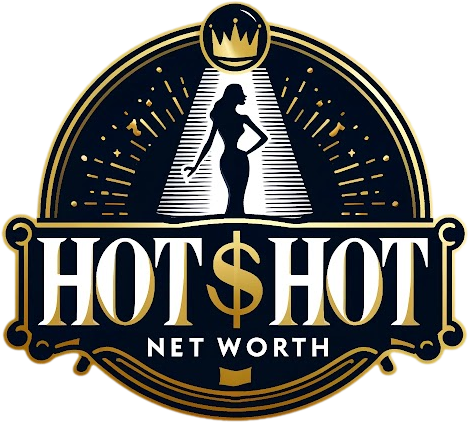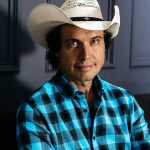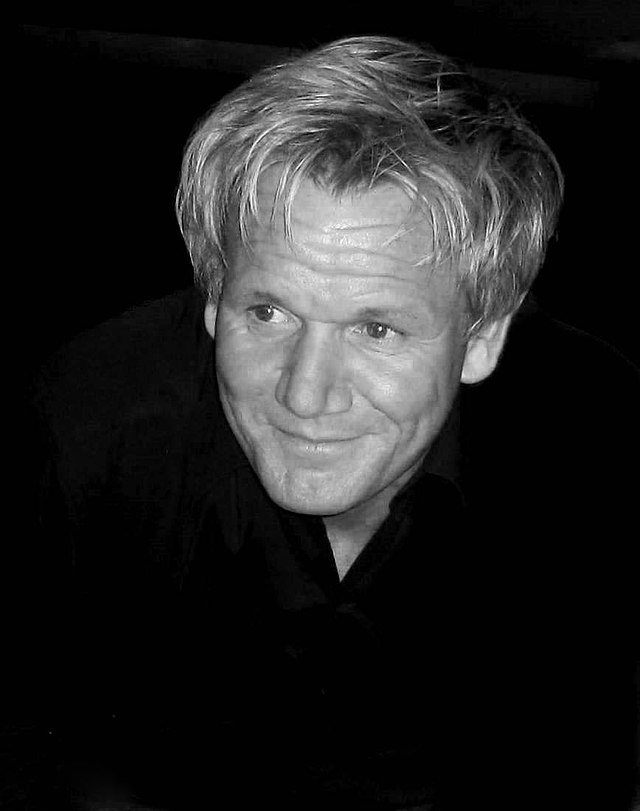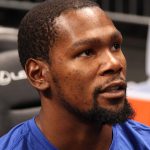Colonel Harland Sanders, the iconic face of Kentucky Fried Chicken (KFC), is a name that is known for his success and perseverance in the fast-food industry. Known for his distinctive white suit and string tie, Sanders transformed his secret recipe into a global brand, leaving an indelible mark on the culinary world. This article delves into the financial legacy of Colonel Sanders, exploring his net worth, early life, personal life, and career.
Colonel Sanders Net Worth
At the time of his death in 1980, Colonel Harland David Sanders had an estimated net worth of $10 million. This notable sum reflects the success he achieved through his iconic fried chicken business. Colonel Sanders, born on September 9, 1890, in Henryville, Indiana, began his career by perfecting a unique fried chicken recipe. Using a secret blend of 11 herbs and spices, Sanders developed a pressure frying method that retained the flavor and texture of the chicken, which became the foundation of the Kentucky Fried Chicken (KFC) brand.
In 1952, Sanders franchised his recipe to Pete Harman of Salt Lake City, Utah, marking the first KFC franchise. The success of this venture led to rapid expansion, and by the mid-1960s, KFC had grown into a nationwide chain. In 1964, Sanders sold the franchise to a group of investors led by John Y. Brown, Jr. and Jack C. Massey for $2 million, retaining a lifetime salary and the role of brand ambassador. Despite the sale, Sanders remained actively involved in promoting KFC, contributing significantly to its global recognition.
By the late 1970s, KFC had established itself as one of the leading fast-food chains worldwide, with thousands of locations across the globe. The brand’s growth and international presence played a significant role in boosting Sanders’ net worth. Additionally, Sanders’ image and persona as the face of KFC became a powerful marketing tool, further solidifying his legacy and financial standing.
Colonel Sanders net worth of $10 million at his death underscores the lasting impact of his contributions to the fast-food industry. His dedication to quality and consistency helped transform a small-town restaurant into a global culinary phenomenon, making KFC a household name and securing Sanders’ place in entrepreneurial history.
Colonel Sanders Early Life and Family
Harland David Sanders, widely known as Colonel Sanders, was born on September 9, 1890, in Henryville, Indiana. His early years were characterized by significant hardship and responsibility. Sanders faced a pivotal moment at the age of six when his father passed away. This family tragedy forced him to assume a caretaker role for his younger siblings while his mother worked to support the family. These circumstances cultivated in Sanders a strong work ethic and resilience that would become hallmarks of his later career.
Despite these early challenges, Sanders developed a passion for cooking. By the age of ten, he was already proficient in preparing meals for his family, showcasing a natural talent and interest in the culinary arts. This early exposure to cooking played a crucial role in shaping his future endeavors.
Sanders’ formal education was limited. He dropped out of school in seventh grade to work and help support his family. Over the years, he took on various jobs, including farmhand, streetcar conductor, and railroad fireman. These jobs, though unrelated to cooking, contributed to his diverse skill set and further developed his work ethic.
In 1902, Sanders’ mother remarried, but Sanders did not get along with his stepfather and left home to live and work on a nearby farm. His life continued to be a series of moves and various employment opportunities. He joined the United States Army in 1906, lying about his age to enlist. After a brief service in Cuba, he was honorably discharged.
Following his military service, Sanders’ career path remained varied. He worked as a blacksmith’s helper, a fireman on the Illinois Central Railroad, and an insurance salesman, among other roles. It wasn’t until later in life, after many years of perseverance and varied work experiences, that Sanders would find his true calling in the culinary world, eventually leading to the creation of the iconic Kentucky Fried Chicken brand.
Colonel Sanders Height, Weight, and Personal Attributes
Colonel Sanders stood at an average height of 5 feet 10 inches and had a robust build that complemented his commanding presence. His physical appearance, characterized by his trademark white suit and black string tie, became iconic, reinforcing his brand’s identity. Sanders’ distinctive look was not just a marketing gimmick but a reflection of his meticulous attention to detail and personal style. His weight, though varying throughout his life, was consistent with his robust stature, contributing to his formidable and memorable persona.
Sanders’ white suit was always impeccably clean and pressed, a testament to his disciplined nature and personal pride. The black string tie added a touch of old Southern charm, making him stand out in public appearances and advertisements. This unique attire, combined with his snowy white hair and goatee, gave him a grandfatherly yet authoritative aura, making him a relatable and trustworthy figure to many.
Beyond his physical attributes, Sanders was known for his strong work ethic and relentless pursuit of perfection. His personality was marked by determination and a no-nonsense attitude, traits that were instrumental in his success. Despite facing numerous challenges throughout his career, including several business failures before finding success with Kentucky Fried Chicken (KFC), Sanders remained persistent and dedicated.
Sanders’ personal attributes also included a fiery temper and an unyielding demand for quality. He was known to be exacting about his recipes and the standards of his restaurants, often inspecting franchises personally to ensure they met his high standards. This insistence on quality helped build the reputation of KFC as a provider of consistent and delicious food.
Colonel Sanders Relationship Status and Personal Life
Colonel Harland Sanders’ personal life was intertwined with his professional endeavors, reflecting a narrative of resilience and partnership. Sanders married Josephine King in 1908. The couple had three children together: Margaret, Harland Jr., and Mildred. However, the marriage encountered significant challenges, leading to their eventual divorce in 1947.
In 1949, Sanders married Claudia Price, a union that proved to be both a personal and professional milestone. Claudia became an indispensable partner in Sanders’ life and business. She played a crucial role in the operations of their restaurant, allowing Sanders to focus on refining his fried chicken recipe and expanding their business venture, which eventually became Kentucky Fried Chicken (KFC).
Claudia’s involvement was pivotal during the early years of KFC. She managed the restaurant and supported Sanders’ efforts to franchise the business. Her dedication extended beyond managerial duties; Claudia was deeply involved in the day-to-day operations and provided emotional support to Sanders throughout the ups and downs of their entrepreneurial journey.
The couple’s partnership was marked by mutual respect and shared ambitions. Claudia’s contributions were not limited to administrative tasks; she was a hands-on partner who helped navigate the complexities of running a growing business. This dynamic duo worked tirelessly to establish KFC as a household name, with Claudia often remaining in the background, ensuring the smooth running of operations.
Their marriage lasted until Sanders’ death in 1980, illustrating a long-term partnership that significantly influenced the success of KFC. Claudia’s unwavering support and business acumen were instrumental in helping Sanders realize his vision, making their relationship a cornerstone of his legacy.
Colonel Sanders Career
Colonel Sanders’ career trajectory is a compelling narrative of perseverance, innovation, and ultimate triumph. From humble beginnings to becoming a household name, Sanders’ professional life is a testament to his indomitable spirit and relentless pursuit of excellence.
Early Career
Sanders’ professional journey began inauspiciously, with a series of jobs that included stints as a farmhand, streetcar conductor, railroad fireman, insurance salesman, and even a lawyer. However, it was his venture into the food industry that would change his life and the fast-food landscape forever.
In 1930, at the age of 40, Sanders opened a small service station in Corbin, Kentucky, where he also served meals to travelers. This modest operation marked the beginning of Sanders’ culinary career. His fried chicken, cooked using a secret blend of 11 herbs and spices, quickly gained popularity, leading him to open a restaurant and motel known as Sanders Court & Café.
The Birth of KFC
The birth of KFC can be traced back to the early 1950s when Colonel Harland Sanders developed his unique pressure-frying method. This culinary innovation significantly reduced the cooking time for his chicken, while preserving its flavor and moisture. This method set his chicken apart from other fried chicken offerings at the time.
Recognizing the potential of his recipe, Sanders began franchising the concept. The first KFC franchise was opened in 1952 in Salt Lake City, Utah, operated by Pete Harman, a friend of Sanders. This inaugural franchise was an immediate success, which paved the way for the expansion of KFC across the United States. Sanders’ commitment to quality and relentless drive were instrumental in establishing KFC as a leading fast-food brand.
The success of the Salt Lake City franchise encouraged Sanders to pursue further franchising opportunities. By 1964, KFC had grown to over 600 locations in the United States and Canada. Sanders’ hands-on approach to maintaining the quality of the product and his dedication to customer satisfaction were key factors in the rapid growth of the brand.
In 1964, Sanders sold the company to a group of investors led by John Y. Brown, Jr. and Jack C. Massey for $2 million. Despite selling the company, Sanders remained the face of KFC, continuing to promote the brand and ensure the quality of the product. Under new ownership, KFC continued its expansion, eventually becoming one of the largest fast-food chains in the world.
Today, KFC operates in over 150 countries, with more than 24,000 restaurants globally. The brand’s success can be attributed to Sanders’ innovative pressure-frying method, the strategic franchising model, and the unwavering commitment to quality that has been maintained throughout its history. The birth of KFC marks a significant milestone in the fast-food industry, setting a standard for quality and innovation.
Expansion and Legacy
By the mid-1960s, KFC had grown to over 600 franchises in the United States and Canada. In 1964, at the age of 74, Sanders sold the KFC corporation for $2 million to a group of investors led by John Y. Brown, Jr. and Jack Massey. Despite the sale, Sanders remained the brand’s ambassador, continuing to travel and promote KFC, often appearing in commercials and making public appearances.
Sanders’ legacy extends beyond his financial success. He revolutionized the fast-food industry, setting new standards for quality and consistency. His emphasis on a unique recipe and innovative cooking methods laid the groundwork for KFC’s global dominance. Today, KFC operates in more than 150 countries, a testament to Sanders’ enduring impact on the food industry.
In recognition of his contributions, Sanders received numerous accolades, including the prestigious Horatio Alger Award in 1965, which honors individuals who have overcome adversity to achieve significant success. His story continues to inspire entrepreneurs worldwide, exemplifying the power of perseverance and innovation.












